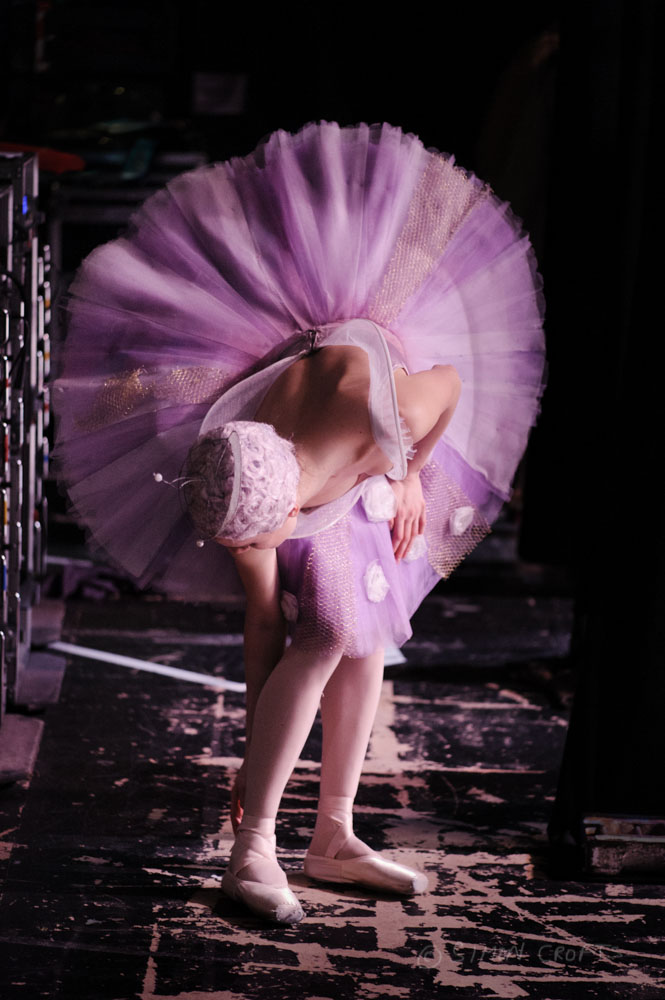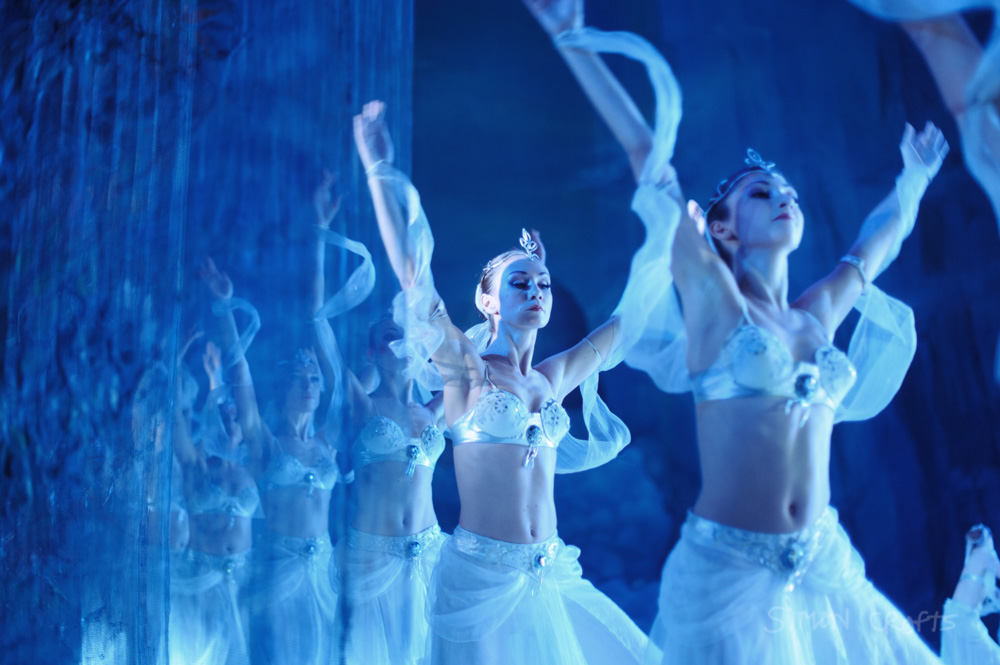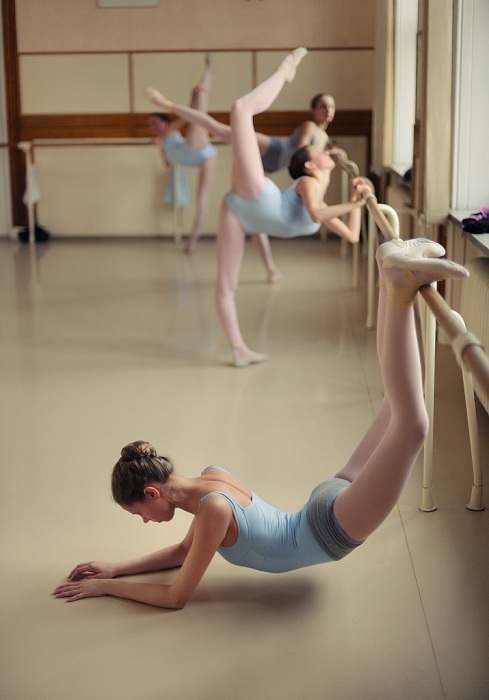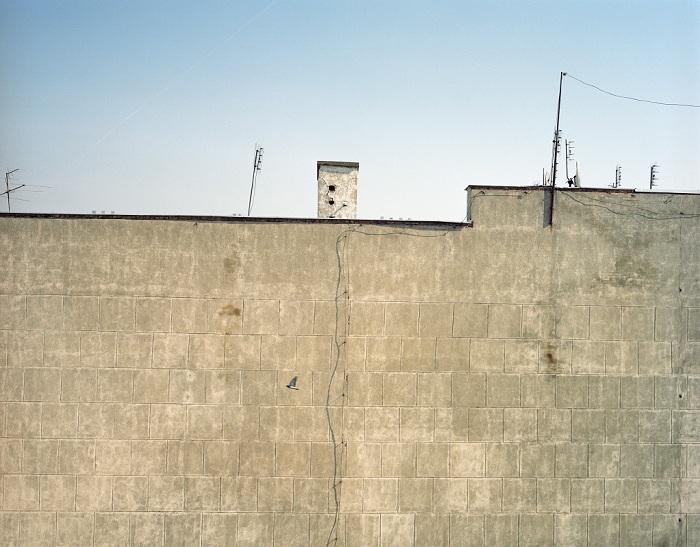One of the greatest ballerinas of the Soviet Union, N. V. Slobodyan taught workshops at the Lviv National Ballet of Ukraine almost every day until she was 90. Just a few weeks after I took this picture of her, she very sadly passed away.
She was the most extraordinarily jolly lady, and witnessed some of the most traumatic events of twentieth century history. She qualified as a dancer on the day that war broke out between Germany and the Soviet Union, she witnessed her ballet teacher being led away to Babi Yar, she recalled a bomb landing in the front rows of the audience during an air raid.
Despite all that, she was irrepressible. When asked what she planned to do when she was a hundred, she replied that "the only thing that should have a O in it is the door of the ladies toilets" (in Ukraine and Russia ladies toilets are marked with an O and gents with a triangle).























































































































































































